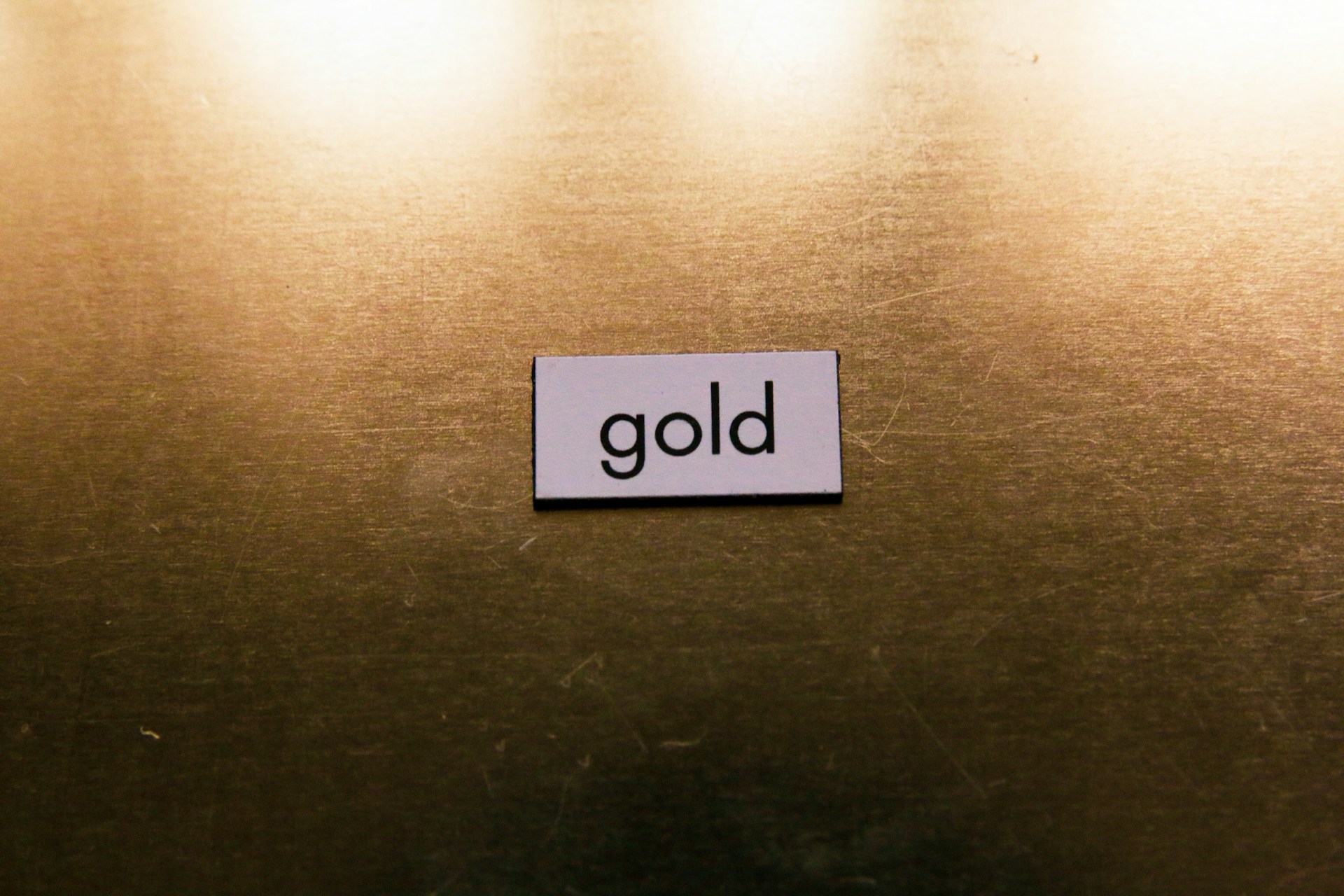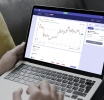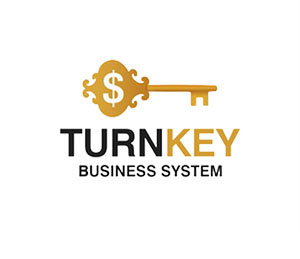Trump’s New Tariffs Spark a Surge in Gold Prices

Trump’s New Tariffs Spark a Surge in Gold Prices
The introduction of new tariffs by Donald Trump has triggered a noticeable rise in gold prices, as investors flock to the precious metal amid growing economic uncertainty.
This development highlights how geopolitical and trade policy decisions can significantly impact global markets, particularly safe-haven assets like gold.
This development highlights how geopolitical and trade policy decisions can significantly impact global markets, particularly safe-haven assets like gold.

Trump’s New Tariffs Spark a Surge in Gold Prices
The Connection Between Tariffs and Gold Prices
Gold has long been considered a "safe haven" asset, sought after by investors during times of economic instability or market volatility.When Trump announced his latest round of tariffs—targeting key trading partners and escalating trade tensions—it sent shockwaves through the financial markets. The resulting uncertainty prompted many investors to shift their focus toward gold, driving up its price.
Tariffs often lead to higher costs for businesses, supply chain disruptions, and reduced consumer confidence.
These factors contribute to fears of inflation and slower economic growth, which in turn increase demand for gold as a hedge against potential risks.
Historically, periods of heightened trade tensions have coincided with upward movements in gold prices, and this latest episode is no exception.
Market Reaction: A Flight to Safety
Following the announcement of the tariffs, gold prices surged to multi-month highs. Analysts noted that the move was fueled not only by direct reactions to the tariffs but also by broader concerns about their long-term implications. For instance:Inflation Worries: Tariffs tend to raise import costs, which can lead to higher prices for consumers and businesses alike. Investors view gold as an effective hedge against inflation.
Currency Volatility: Trade disputes often weaken currencies, particularly those of countries directly affected by tariffs. As the U.S. dollar fluctuates, gold becomes more attractive to international buyers.
Geopolitical Risks: Escalating trade tensions between major economies heighten fears of a global economic slowdown, prompting investors to seek refuge in stable assets.
These dynamics have created a perfect storm for gold, pushing it back into the spotlight as a preferred investment option.
How Professionals Are Investing Amid the Turmoil
Seasoned investors are taking advantage of the current environment by diversifying their portfolios and strategically allocating resources to mitigate risk.Here’s how professionals are approaching the situation:
Increased Allocation to Gold
Many institutional investors are increasing their exposure to gold through ETFs (Exchange-Traded Funds), physical bullion, or mining stocks. This strategy provides a buffer against potential losses in other asset classes.
Diversification Across Safe-Haven Assets
In addition to gold, professionals are exploring other safe-haven investments such as government bonds, Swiss francs, and defensive equities. Diversification helps spread risk and ensures resilience in turbulent times.
Hedging Against Currency Fluctuations
With tariff-induced currency volatility on the rise, some investors are using gold as a hedge against fluctuations in their home currencies. Its universal appeal makes it a reliable store of value regardless of regional economic conditions.
Monitoring Central Bank Policies
Central banks play a crucial role in shaping monetary policies during periods of economic stress. Professional investors closely monitor central bank actions, especially regarding interest rates and quantitative easing, as these decisions influence gold prices.
Adapting to Market Sentiment
Experienced traders leverage sentiment indicators to gauge market mood and adjust their positions accordingly. During uncertain times, bearish sentiment often drives capital toward gold and similar assets.
Long-Term Implications
While the immediate effect of Trump’s tariffs has been a spike in gold prices, the long-term outlook depends on several factors:Duration of Trade Tensions: Prolonged disputes could sustain higher gold prices, while resolutions may ease pressure on the metal.
Economic Performance: If tariffs lead to significant economic slowdowns, gold is likely to remain in favor among investors.
Inflation Trends: Rising inflation expectations would further bolster demand for gold as a hedge.
For now, the combination of trade uncertainties and macroeconomic risks suggests that gold will continue to shine as a cornerstone of investment strategies.
Conclusion: Navigating Uncertainty with Gold
Trump’s new tariffs have underscored the interconnectedness of global markets and the pivotal role of safe-haven assets like gold. By understanding the dynamics at play and adopting a disciplined approach to investing, both individuals and institutions can navigate these turbulent times effectively.
As always, staying informed and maintaining a diversified portfolio remain key principles for success in volatile markets. Whether you’re a seasoned investor or just starting out, gold offers a timeless opportunity to safeguard wealth in uncertain times.
Trump’s new tariffs have underscored the interconnectedness of global markets and the pivotal role of safe-haven assets like gold. By understanding the dynamics at play and adopting a disciplined approach to investing, both individuals and institutions can navigate these turbulent times effectively.
As always, staying informed and maintaining a diversified portfolio remain key principles for success in volatile markets. Whether you’re a seasoned investor or just starting out, gold offers a timeless opportunity to safeguard wealth in uncertain times.









Report
My comments